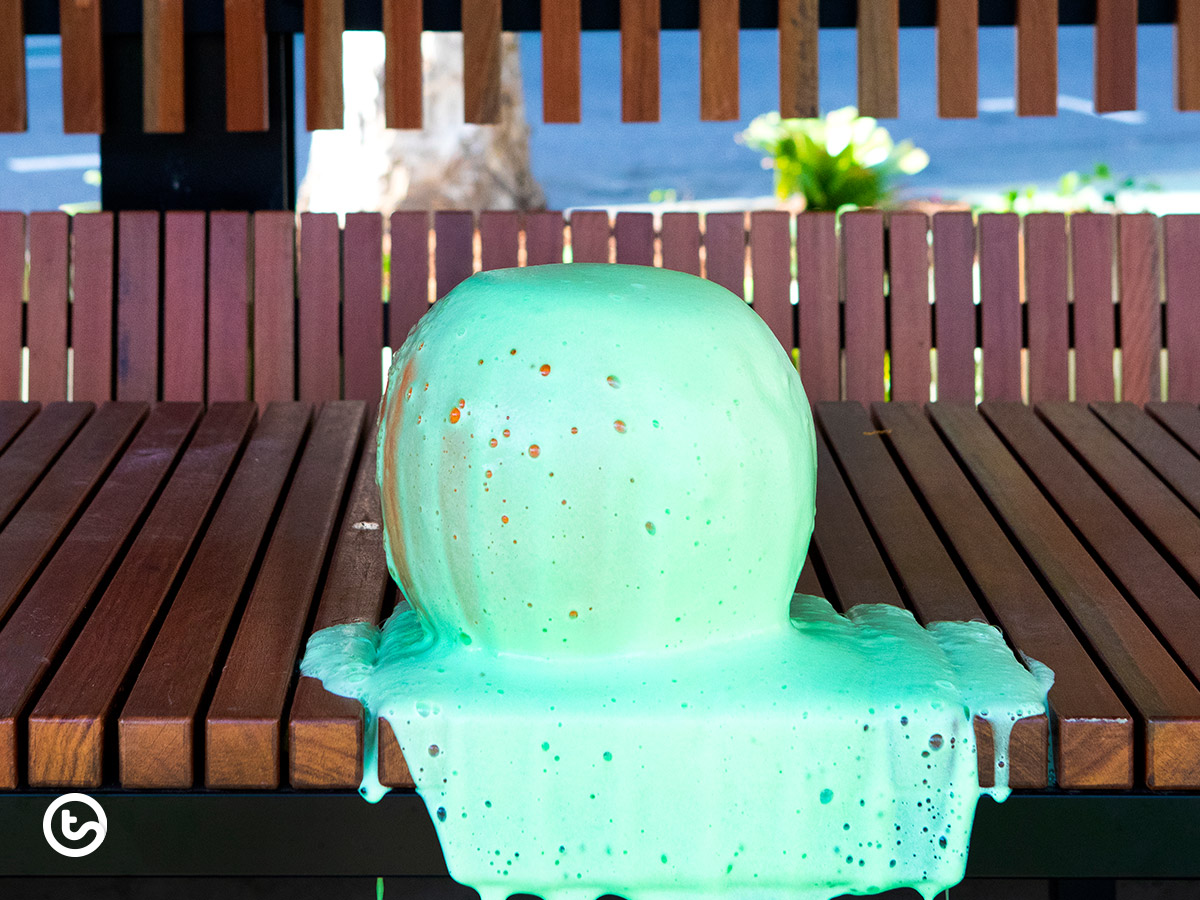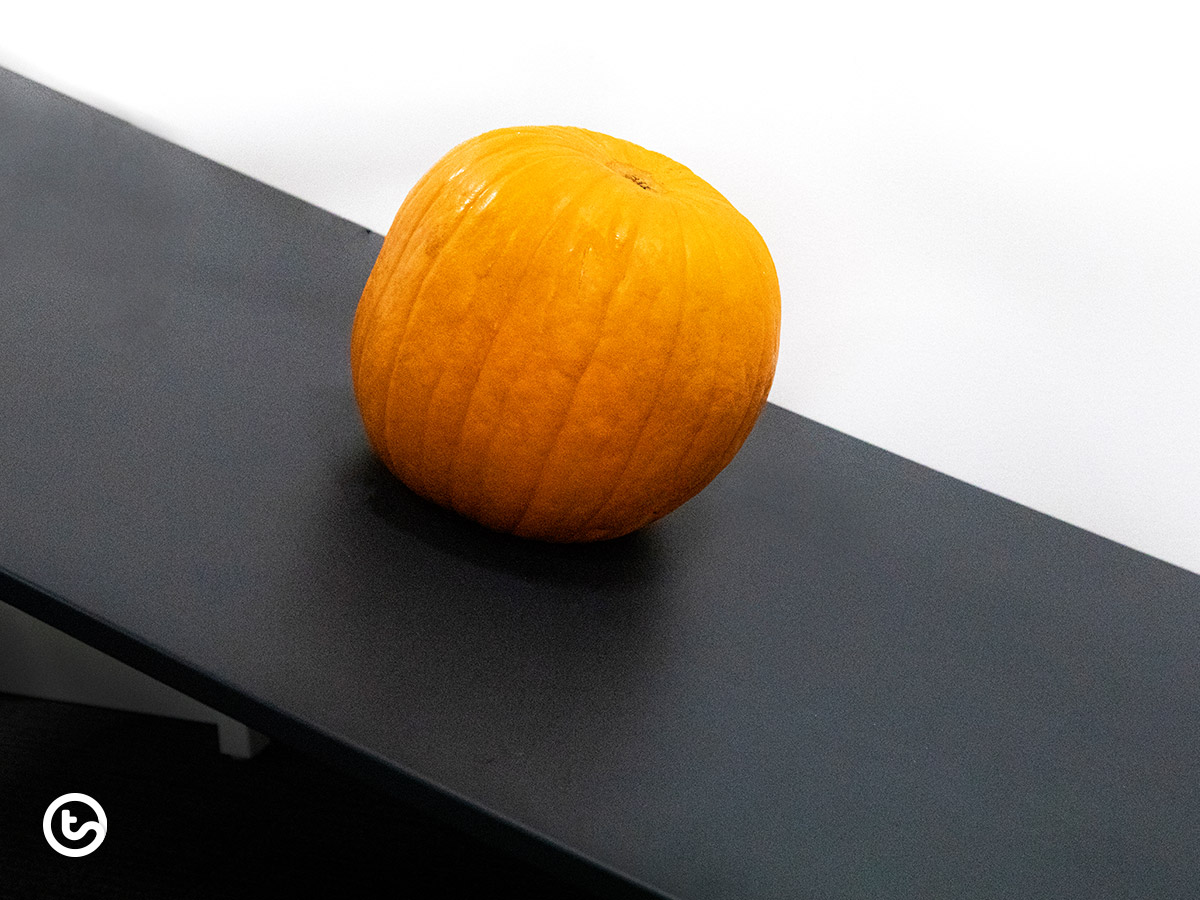Are you looking for crazy Halloween science experiments and activities to spook your students? I’m going to show you how easy it is to develop science inquiry skills with a pumpkin! Most importantly, I’m going to share the basic science behind some Halloween science experiments that deliver a fascinating learning experience!
For more Science teaching resources, head to our Science Learning Area where you will find everything you need from science worksheets, science posters, science teaching presentations, science unit plans and more!
Will the Pumpkin Sink or Float?
In this Halloween science experiment, students explore how the push and pull forces affect how an object moves on water! Students investigate and observe the concepts of buoyancy (floating) while following the scientific method. There’s sure to be a few surprised students in your class!
Display The Scientific Method Poster – Lower Grades. Then, as a class, follow the five steps of the scientific method
- Look at the world
- Ask questions
- Make a prediction
- Write or draw what happens
- Share findings
So why do objects float? Whether an object floats or sinks is determined by the balance between the downward pull of gravity and the upward push of the water. If the upward push of water is greater, an object will float. If the downward pull of gravity is greater than the upward push of the water on the object, the object will sink.
Head to our What Are Forces? Unit Plan and Push and Pull – Teaching Resource Pack for lesson plans, teaching presentations and physical science resources.
Spooky Slide or Roll Science Investigation
Are you and your students exploring movement this term? If so, then this could be the Halloween science experiment for you! This Halloween science experiment encourages students to observe the way different shaped objects such as balls, blocks and pumpkins move! Students are encouraged to discuss how the movement of an object depends on a variety of factors, including their size and shape.
This Halloween science experiment is a brilliant opportunity to encourage higher-order thinking?
- What familiar objects roll and slide? Do you know of any objects that do both?
- How could we test whether an object rolls, slides or does both?
- Is it a fair test?
- In what ways could we record our results?
- How does the shape and size of the object affect how it moves.
For more information on the importance of teaching higher-order thinking read my blog, Higher-order Thinking in the Classroom (and Why It Matters).
Pumpkin Volcano!
Feel like creating the wow factor? Use baking soda and vinegar to create an awesome Halloween chemical reaction! As well as enjoying the spectacle of this big mess, it’s important for students to explore and begin to understand the science behind it.

So here’s the spooky science behind this chemical reaction:
- The baking soda (sodium bicarbonate) is a base while the vinegar (acetic acid) is an acid.
- Sodium bicarbonate and acetic acid react together to form carbonic acid which is very unstable.
- The carbonic acid instantly breaks apart into water and carbon dioxide.
- The carbon dioxide creates impressive fizzing as it escapes from the solution.
How to Make a Pumpkin Volcano:
- Hollow and deseed a medium-sized pumpkin.
- Add 3 1/2 cups of white vinegar, 1 cup of water, 2 tsp green food colouring, 4 tsp dishwashing liquid into the pumpkin.
- In a separate bowl, mix 1 cup baking soda and 1 cup water. Stir very well until dissolved.
- Pour the baking soda and water solution into the pumpkin mixture. Stand back!
Please note that ratios may vary. The following ratios are ideal for a medium-sized pumpkin. It is best to create the volcano outside.
Pumpkin Slime
This Halloween activity is, well, just gross and your students will totally love it! Amaze your students with some slimy science facts! Did you know that slime:
- is a liquid, but not a regular liquid – it’s known as a non-Newtonian fluid
- flows like a liquid, but unlike familiar liquids (e.g. oil, water), its ability to flow or viscosity is not constant.
- chemicals are mixed to form polymers. The polymers act as a net, with molecules sliding against each other.
To explore the science of slime in more detail head to Lesson 9: Slime – Solid, Liquid or Gas? of our brilliant Facts of the Matter Unit Plan. For this slime recipe, you will need:
- small pumpkin for each student group
- 1/4 cup liquid starch (you can find this in the laundry detergent aisle)
- 1/2 cup clear glue
- 1/2 cup water
For more slime fun, read Holly’s blog How to Make Slime for Kids (Easiest Recipe Ever!).
So, as you can see, Halloween science experiments and investigations are a whole lot of fun! Most importantly these experiments offer a rich learning experience and a chance to practise the scientific method.









Comments